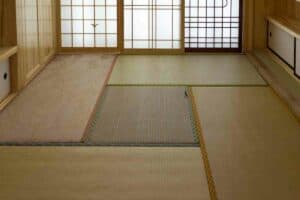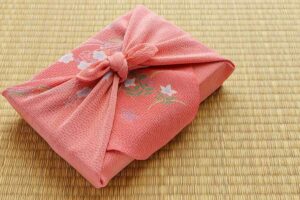When most people think of Japan, they likely imagine the buzz and excitement of Tokyo’s massive cityscape.
However, just a short train ride or drive from the capital are acres of farmland and rolling hills speckled with traditional villages—an altogether different side to Japan.
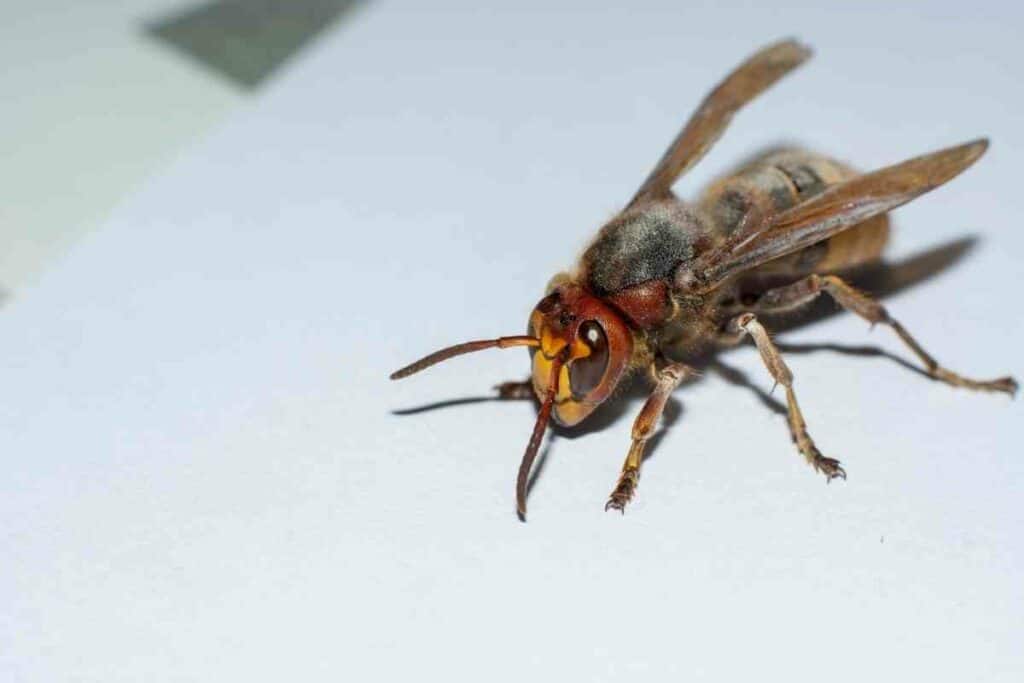
While this rural countryside is undeniably charming, it’s also home to a host of bugs that can make your trip a lot less pleasant than you’d hoped.
What to Expect? Here are 11 critters you’ll want to watch out for when exploring Japan’s countryside.
Table of Contents
11 Bugs in Japan Countryside You’ll Want to Avoid
1. Suzumebachi (Hornet)
You might not guess it from its delicate-sounding name, but the suzumebachi is one of the largest hornets in the world.
Growing up to five centimeters long, these bright-yellow insects are pretty easy to spot—and their sting is just as noticeable.
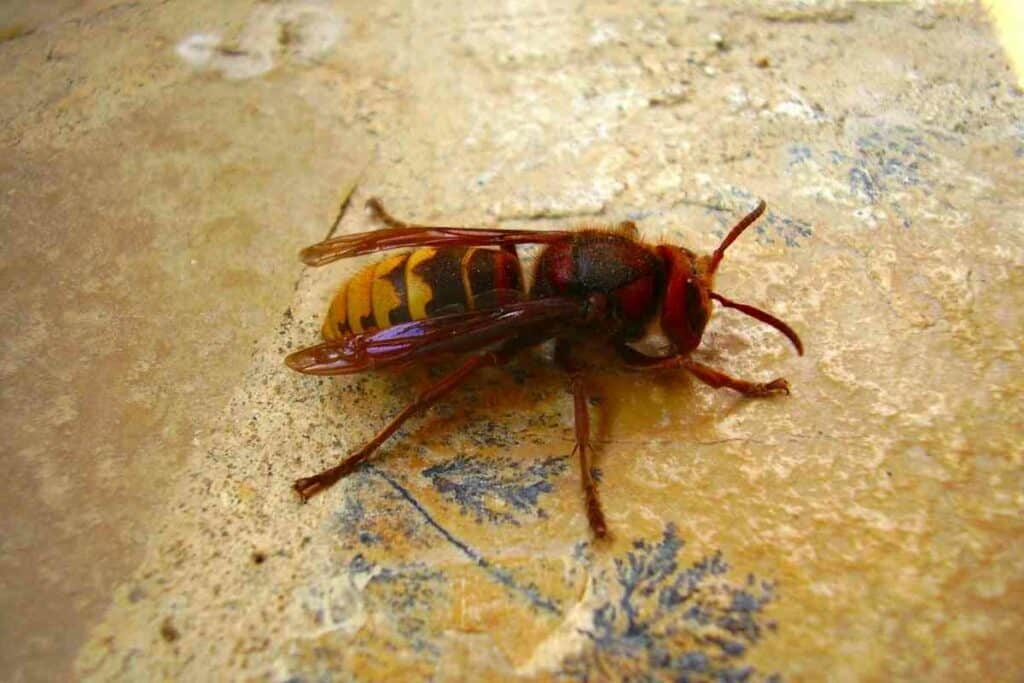
The suzumebachi’s venom is particularly potent, and a single sting can cause swelling, redness, and intense pain that can last for days.
In Rare Cases – People have even died from anaphylactic shock after being stung.
While you’re unlikely to come across a suzumebachi in Tokyo or any other major city, they are common in rural areas—so if you’re planning on doing any hiking or camping in Japan’s countryside, be sure to take precautions.
Wear long sleeves and pants to cover as much skin as possible, and consider bringing along an antihistamine just in case.
2. Mukade (Centipede)
The mukade is a giant centipede that can reach up to 12 inches in length.
It’s black and orange striped body is both beautiful and deadly, as the mukade is venomous.
These centipedes are found throughout Japan but are most common in rural areas.
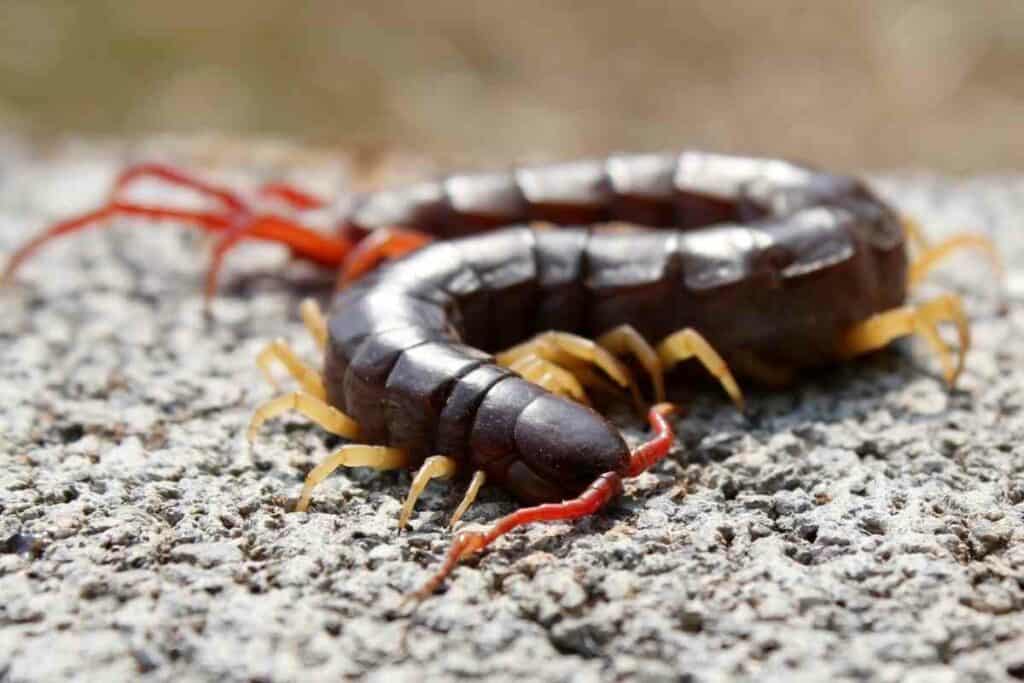
If you’re unlucky enough to be bitten by one, you can expect:
- severe pain
- swelling
- and nausea
3. Gokiburi (Cockroach)
These small, brown cockroaches are a common sight in Japanese homes, particularly in the countryside where they often sneak in through cracks in walls and floors.
While they’re not known to bite or transmit disease, their presence can be quite alarming for visitors who aren’t used to seeing them.
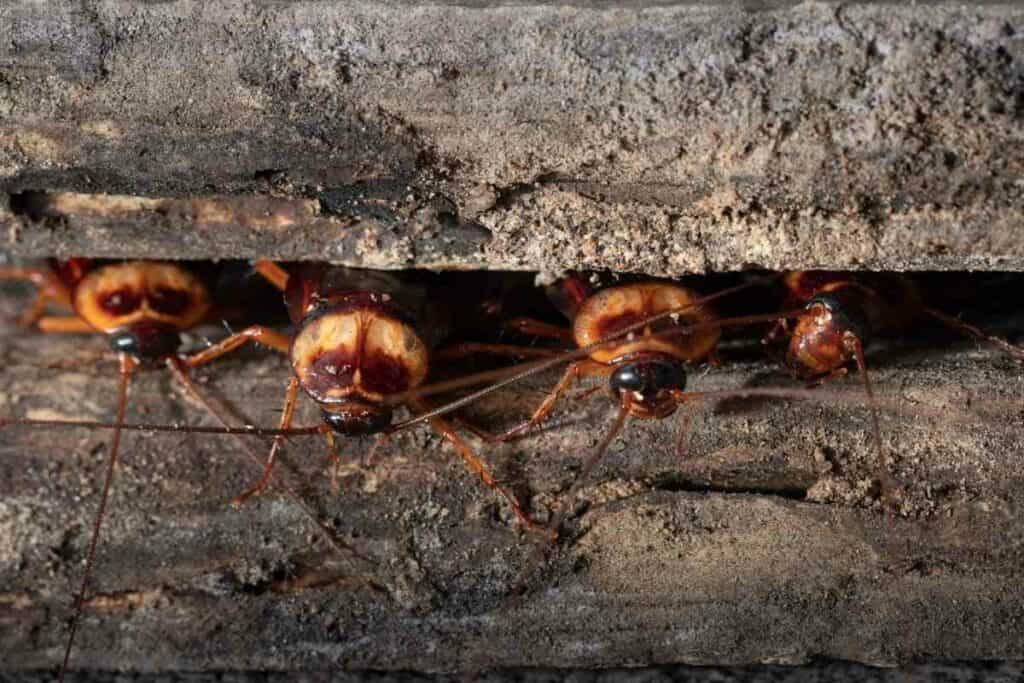
Cockroaches are generally nocturnal creatures, so you’re most likely to see them at night.
If you do spot one during the day, it’s probably because there isn’t enough food for them to eat at night.
Cockroaches are attracted to dirty environments and will often be found in kitchens or bathrooms.
Booking.com4. Huntsman Spider
These 8-legged freaks can grow up to 12 inches in length, making them one of the largest spiders in the world.
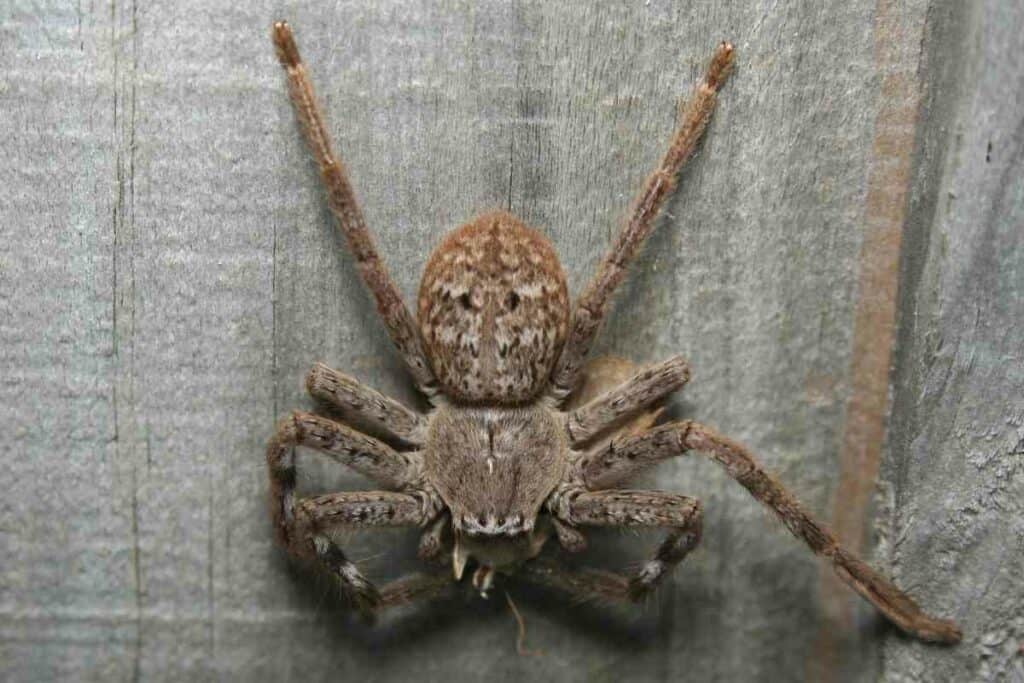
They’re not venomous, but their size (and sometimes aggressive behavior) is enough to make most people uncomfortable.
While Huntsman spiders are found throughout Japan, they seem to be particularly prevalent in Okinawa—so if you’re planning a trip to the island, be on the lookout!
5. Kogane-gumo (Golden Spider)
The kogane-gumo is a massive spider that can reach up to 12 centimeters (4.7 inches) in diameter.
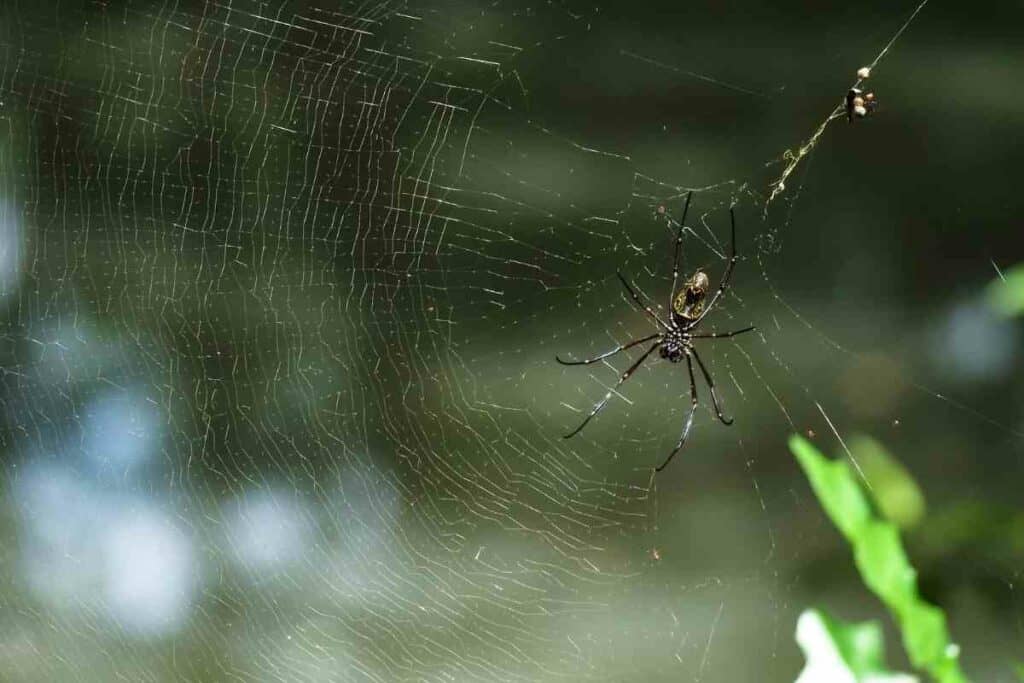
These spiders are found throughout Japan but are most commonly seen in rural areas where they build their webs between trees and bushes.
While their size may be intimidating, kogane-gumo spiders are actually harmless to humans.
They are, however, capable of giving a painful bite if they’re provoked—so it’s best to admire them from a distance.
6. Seakagokegumo (Redback Spider)
You might not be able to pronounce it, but you definitely won’t forget this one after an encounter.
The seakagokegumo is a large, venomous spider that’s common in rural areas of Japan.
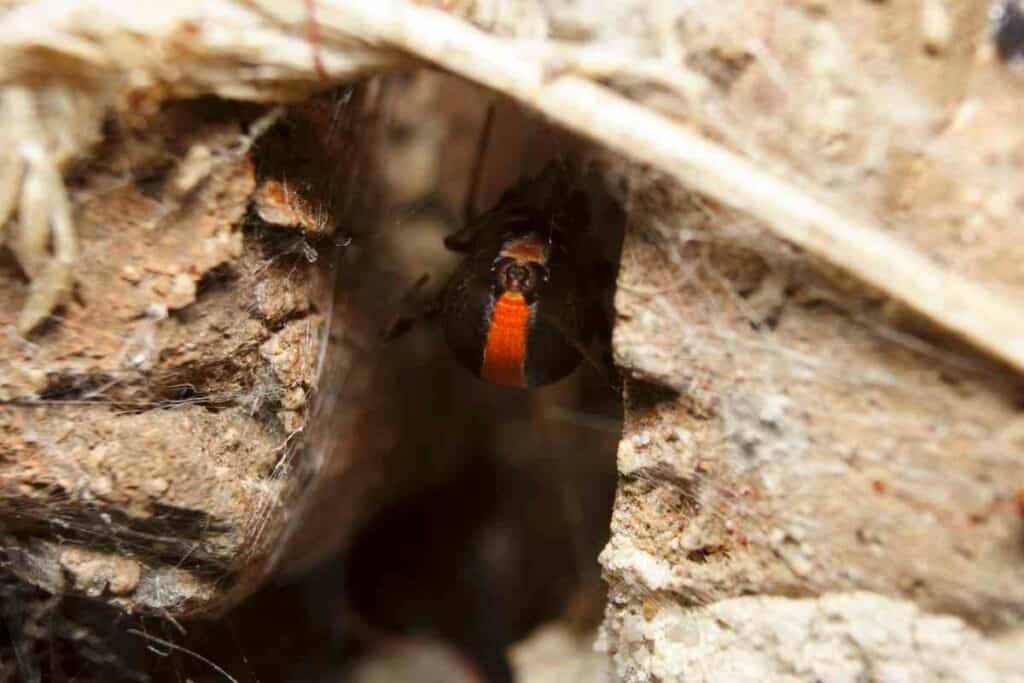
The bite from this critter can cause fever, nausea, and muscle pain—not exactly the ideal vacation souvenir.
While the seakagokegumo is certainly one spider you’ll want to avoid, there are plenty of others that are harmless but nonetheless unsettling.
Spiders aren’t the only creepy crawlies you’ll find in Japan’s countryside, either.
7. Ka (Mosquito)
One of the first insects you’re likely to notice in Japan is the ka, a small black and white beetle that’s attracted to light.
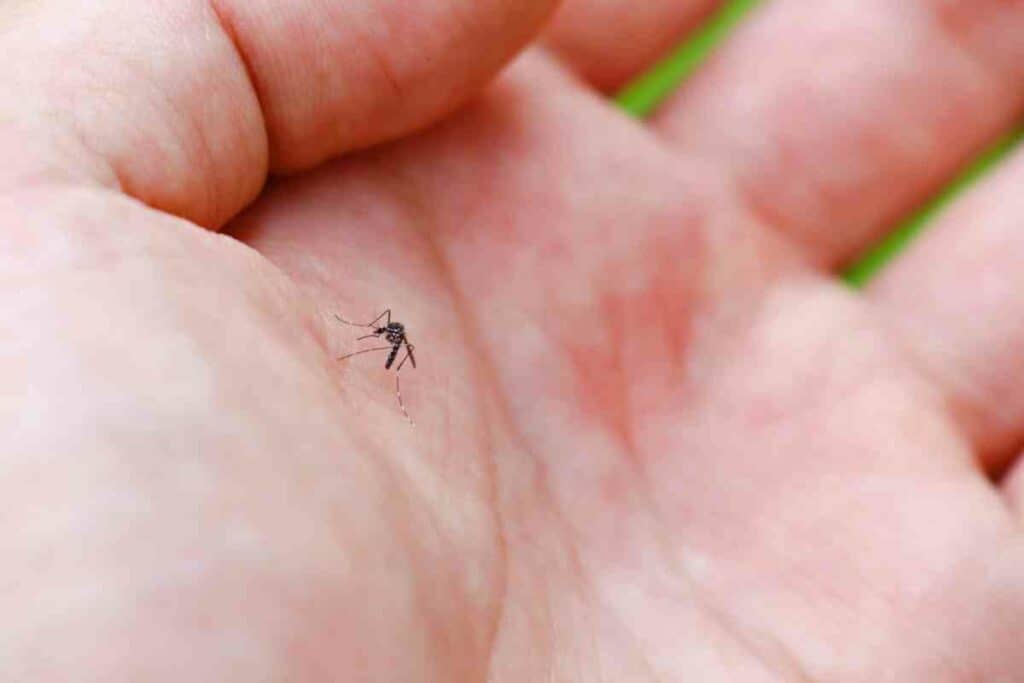
These little guys are everywhere, and while they don’t pose any real threat, their constant buzzing and general annoyance can make them a nuisance.
Don’t Forget – If you’re staying in a rural area, be sure to keep your doors and windows shut at night to keep them out.
8. Haetori-gumo (Jumping Spider)
These small, black spiders are commonly found throughout Japan and are known for their quick movements and large eyes.
Although they’re not aggressive, their sudden movements can be startling, and many people are afraid of them.
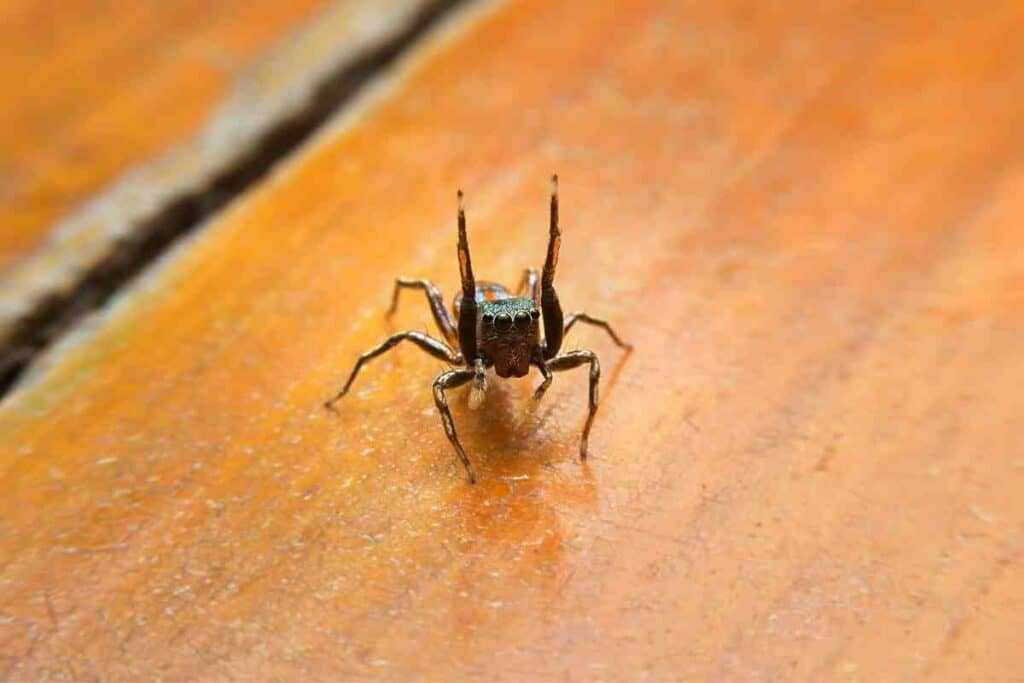
If you see a haetori-gumo, it’s best to just leave it alone. These spiders are not venomous and pose no threat to humans.
In fact, they’re actually quite helpful because they eat harmful insects like mosquitoes.
9. Semi (Cicada)
These large insects are harmless to humans, but their constant buzzing can be quite irritating.
They’re most active during the day in summertime, and you’ll find them clinging to tree trunks or flying around in search of mates.
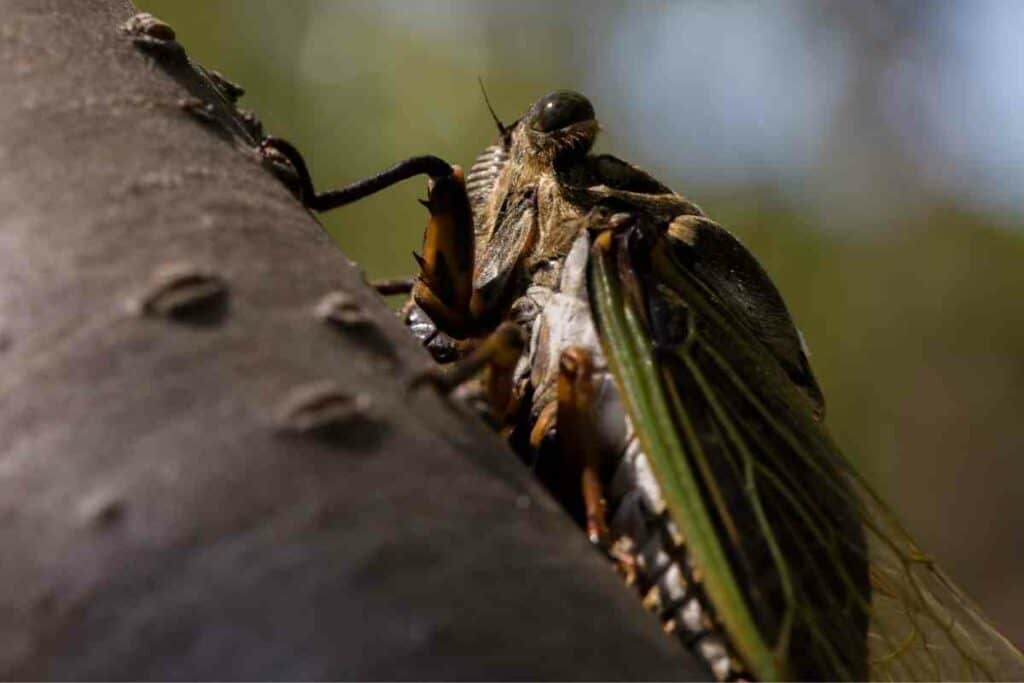
The females lay their eggs in the ground, and when the nymphs hatch, they climb up into trees and molting several times before reaching adulthood.
When they’re ready to mate, the males sing a loud song to attract mates.
After mating, the female lays her eggs and the cycle starts all over again.
10. Habu (Snake)
Of the many snakes that call Japan home, the habu is by far the most dangerous.
These venomous serpents can grow up to two meters in length and are commonly found in Okinawa, where they often slither into homes in search of food.
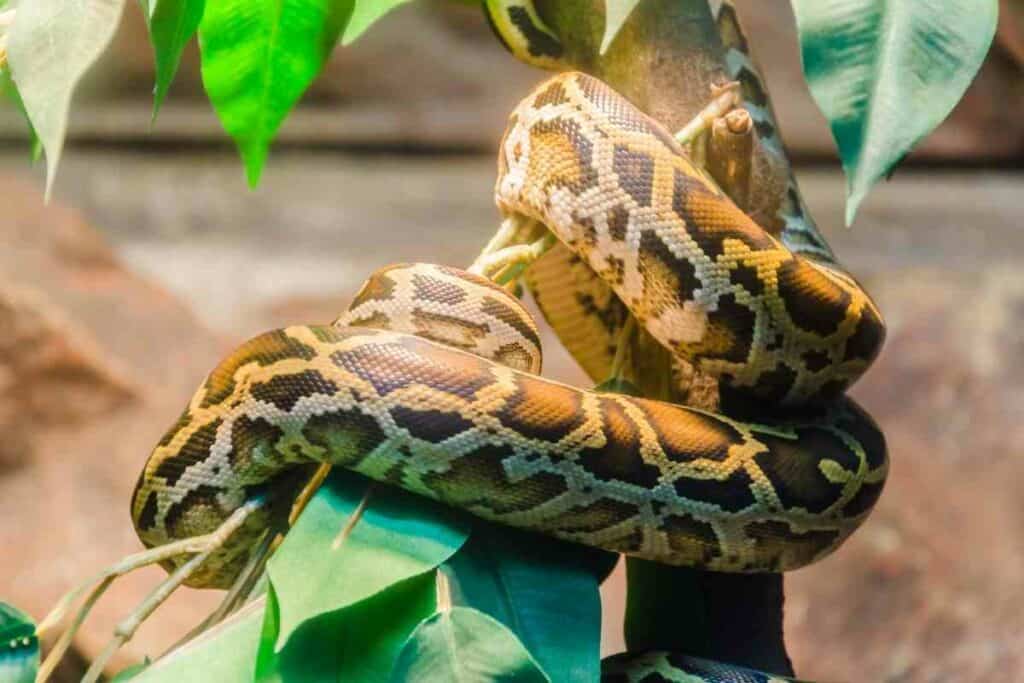
Although a habu bite is rarely fatal to humans, it can cause excruciating pain and permanent tissue damage.
Heads Up! If you’re planning on spending time in Okinawa (or anywhere else in snake country), be sure to wear long pants and closed-toe shoes to minimize the risk of being bitten.
11. Brown Marmorated Stink Bug
If you’re traveling to Japan during the autumn months, there’s a good chance you’ll encounter this smelly little bug.
The brown marmorated stink bug is an invasive species from China that has become a real problem in Japan in recent years.
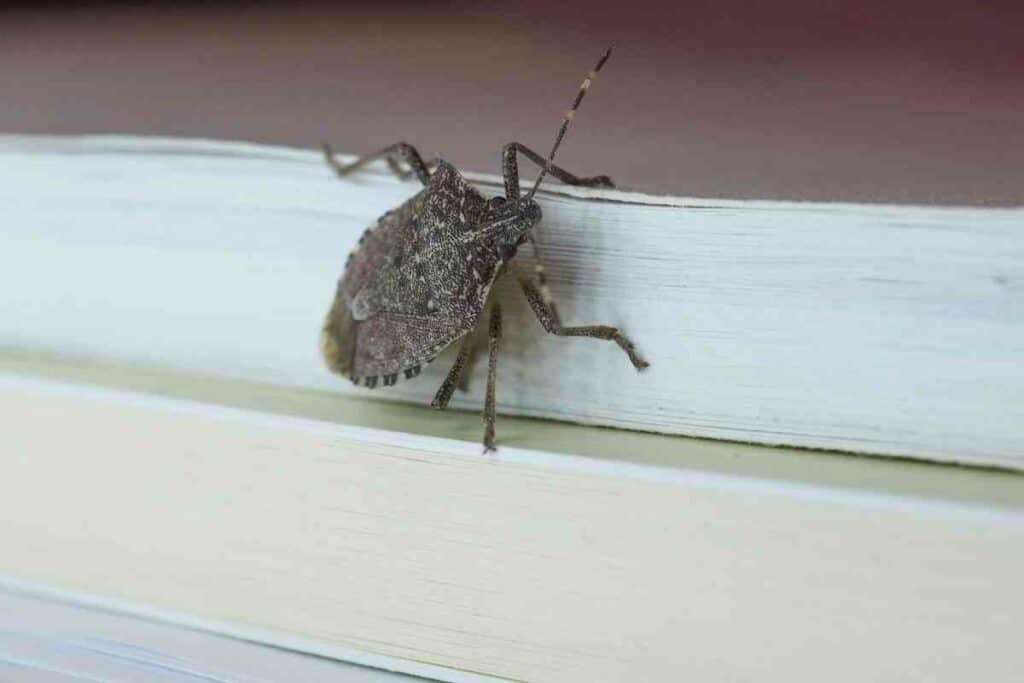
Farmers particularly dislike these pests as they love to feast on ripe fruits and vegetables.
While they’re not dangerous to humans, their pungent odor can be quite overwhelming—hence their name.
If you do come across one of these bugs, the best thing to do is to gently scoop it into a container and release it outside.
Conclusion
Bugs in Japan can be a bit of a shock for visitors who aren’t used to seeing them.
While most are harmless, some can be quite large and aggressive.
If you’re planning on traveling to Japan, it’s important to be aware of the different types of bugs you might encounter and take precautions against them.
You May Also Like
- Best Japanese Knives Top Picks for Every Kitchen
- Japan’s Bold New Trend: Dressing Like a British Gentleman (or at Least Trying)
- 7 Best Japanese Sunscreen Products You Can Buy Online
- 5 Best Japanese Makeup Brushes for a Flawless Finish
- 7 Benefits Of Tatami Mats You Should Know
- The Best Furoshiki Wrapping Cloths: Inspiration, Ideas & Cloths You Can Buy





